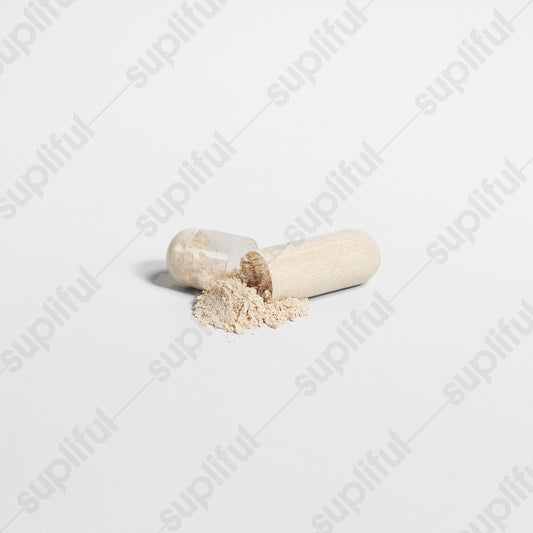The culinary history of Iran is rich, diverse, and deeply intertwined with the country's history, culture, and traditions. Over the last 500 years, Iran has seen the influence of various empires, trade routes, and neighboring cultures, all of which have contributed to its unique cuisine.
Native Ingredients and Traditional Foods:
- Rice: Known as "berenj" in Persian, rice is a staple, often flavored with saffron.
- Wheat: Used for making various types of bread like "barbari," "sangak," and "lavash."
- Nuts: Almonds, walnuts, and pistachios are common in both cooking and as snacks.
- Legumes: Lentils, chickpeas, and various kinds of beans are widely used.
- Herbs and Spices: Saffron, turmeric, cinnamon, and cardamom are popular, along with herbs like mint, parsley, and dill.
- Fruits: Pomegranates, grapes, oranges, and various types of berries are native to Iran and widely consumed.
Ottoman and Arab Influences:
- Kebabs: Various forms of meat skewers became popular, likely influenced by Turkic and Arab cuisines.
- Stuffed vegetables: Known as "Dolma," this dish features vegetables like bell peppers and grape leaves stuffed with rice and meat.
Russian and Western Influences:
- Caviar: Consumed domestically and significant for export, particularly from the Caspian Sea.
- Tea: Introduced in the 15th century, it became a staple, often enjoyed with sugar cubes or sweets.
- Potatoes: Introduced later, they have become a staple in modern Iranian cuisine.
Traditional Dishes:
- Chelow Kebab: Rice served with roasted meat.
- Ghormeh Sabzi: A herb stew made with meat and kidney beans.
- Fesenjan: A pomegranate and walnut stew.
- Tahchin: A rice cake often layered with meat and yogurt.
- Ash Reshteh: A thick soup made with herbs, legumes, and noodles.
Sweets and Desserts:
- Baklava: A sweet pastry made of layers of filo filled with nuts and sweetened with syrup or honey.
- Zoolbia & Bamieh: Fried sweets soaked in syrup.
- Sholeh Zard: A saffron rice pudding.
Beverages:
- Doogh: A yogurt-based drink, often flavored with mint.
- Sharbat: A sweet, cold beverage made from fruit or flower extracts mixed with water or ice.
Ritualistic and Religious Foods:
- Halim: Consumed during special occasions like the Iranian New Year (Nowruz).
- Nabeez: A non-alcoholic beverage traditionally consumed in an Islamic context.
The culinary traditions of Iran reflect its rich cultural tapestry and history of trade and empire, colonization, and revolution. While modern Iranian cuisine continues to evolve, it remains deeply rooted in its ancient traditions and flavors.






